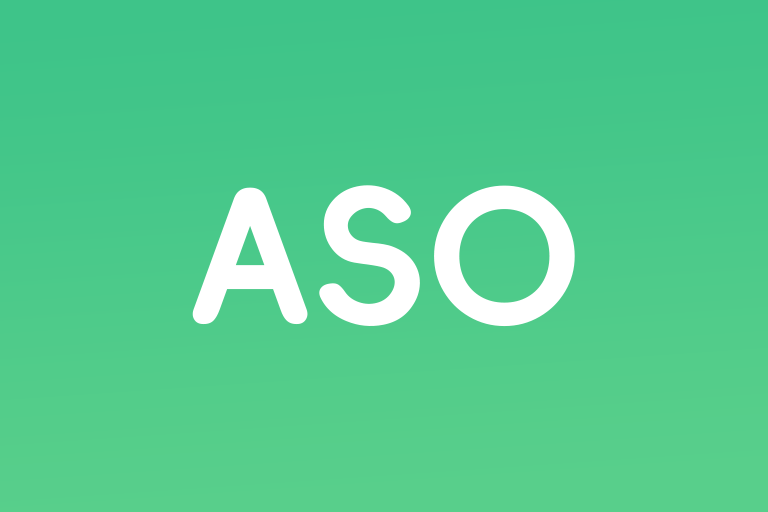Understanding In-App Events
In-app events are temporary activities that enhance the regular app experience. They can range from live participatory events, like a movie premiere, to exclusive gaming quests offering special rewards. These events are prominently featured in various sections of the App Store, increasing visibility and user interaction.
👉 Learn more about tracking ASO performance with ASO Impact Analysis Tools.
Categories of In-App Events
Apple categorizes in-app events into several types, each with a specific badge that appears on the event banner in the App Store:
- Challenge: Time-bound goals for users to accomplish.
- Competition: Users compete for rankings or rewards.
- Live Event: Real-time user participation.
- Major Update: Significant feature or content launches.
- New Season: Introduction of new content or storylines.
- Premiere: Debut of new content.
- Special Event: Unique, time-limited activities offering new experiences.
You can host up to five events simultaneously, each potentially running up to 30 days, but promotional discounts are not permitted as per Apple's guidelines.
Benefits of In-App Events
In-app events primarily help in attracting new users by showcasing the uniqueness of your app. They are particularly effective in improving user retention and lifetime value by keeping existing users engaged and re-engaging former users. These events also differentiate your app from competitors and can influence user decisions in crowded markets like gaming.
Impact on ASO
In-app events enhance app visibility across the App Store:
- Search Results: Events can appear beneath organic search results, occupying more screen space and potentially outranking competitors.
- Browse Exposure: Events increase visibility in browse results, helping to boost brand exposure significantly.
Tips for Running Successful In-App Events
Setting up in-app events on the App Store is a straightforward process that involves several key steps:
1. Choose an Event Reference Name
This name is for internal use only and will not be visible to users.2. Select an Event Name (Max 30 Characters)
The event name should be concise and include relevant keywords for indexing.3. Create Event Metadata
Craft specific metadata that clearly communicates the event experience. This includes:- Short Description (Max 50 Characters): Indexed for keywords.
- Long Description (Max 120 Characters): Not indexed but provides additional context.
4. Design Engaging Creative Assets
Use eye-catching images or videos (up to 30 seconds) that effectively showcase what users can expect from the event. High-quality visuals are crucial for conversion.
5. Select an Event Badge Category
Choose from the predefined event types. This selection is significant as it influences personalized recommendations in the Apps, Games, and Today tabs.
6. Determine Regional Availability
Specify the markets where you want the event to be available, especially if the event is localized or culturally tailored.
7. Submit for Review
Once your event card is complete, submit it for approval. The review process can take up to three days. If not approved after this time, consider canceling and resubmitting.
8. Run Events Long Enough
Ensure that your in-app events generate first-time downloads from at least five unique Apple IDs to obtain meaningful analytics results.In-app events have proven to be an effective ASO strategy to enhance visibility and user interaction on the App Store. As we continue to explore and understand their full potential, they remain a promising avenue for boosting app performance and standing out in a competitive market.
💡 Pro Tip: Use FoxData Reviews Management Tools to track user feedback from in-app events and identify ways to enhance future campaigns.
Get Professional App Marketing Service With FoxData
Ready to make your app shine? Optimize your app's visibility and rankings with FoxData by leveraging our powerful insights today! Enhance your digital presence with FoxAdvert, our expert digital marketing agency! Partner with our expert team for targeted advertising strategies that drive results. Let's get started!







